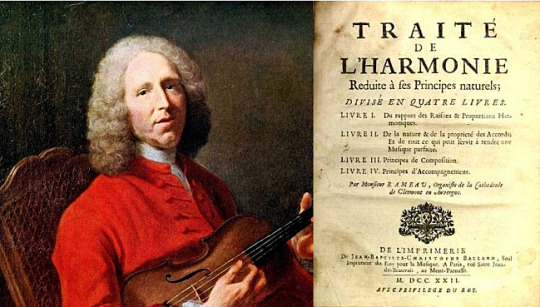#BaroqueIsLife
Text
Blog No.1
Summary of Vivaldi’s Ritornello Style as applied in his Concerti: Vivaldi’s concertos have a freshness of melody, rhythmic verve, skillful treatment of solo and orchestral color, and clarity of form that have made them perennial favorites. Ritornellos for the full orchestra alternate with episodes for the soloist or soloists. The opening ritornello is composed of several small units, typically 2-4 measures in length, some of which may be repeated or varied. These segments can be separated from each other or combined in new ways without losing their identity as the ritornello. Later statements of the ritornello are usually partial, comprising only one or some of the units, sometimes varied. The ritornellos are guideposts to the tonal structure of the music, confirming the keys to which the music modulates. The first and last statements are in the tonic; at least one (usually the first to be in a new key) is in the dominant; and others may be in closely related keys. The solo episodes are characterized by virtuosic, idiomatic playing, sometimes repeating or varying elements from the ritornello, but often presenting scales, arpeggiations, or other figuration. Many episodes modulate to a new key, which is then confirmed by the following ritornello. Sometimes the soloist interrupts or plays some part of the closing ritornello.
Vivaldi Concerto in A Minor: Form and Structure
Ritornello: (ascending and descending passages) --> Episode: 8 measures (Arpeggiated) ---> Ritornello --> Episode (Scales and Arpeggios) --> Ritornello (Change of Tonal Center) --> Episode (Back to A Minor) --> Ritornello
youtube

Summary of Rameau’s major points in Traite del Harmonie: Each chord has a fundamental tone, equivalent in most cases to what is today is called its root (the lowest note when the chord is arranged as a series of thirds). In a series of chords, the succession of these fundamental tones is the fundamental bass. He considered the triad and seventh chord the primal elements of music, and derived both from the natural consonances of the perfect fifth, major third, and minor third. Seventh chords provided dissonance, triads of consonance. He coined the terms tonic (the main note and chord in a key), dominant (the note and chord a perfect fifth above the tonic), and subdominant (the note and chord a fifth below the tonic); established those three chords as the pillars of tonality; and related other chords to them, formulating the hierarchies of functional tonality. He recognized that a piece could change key, a process called modulation, but considered that each piece had one principal tonic to which the other keys were secondary.
1 note
·
View note